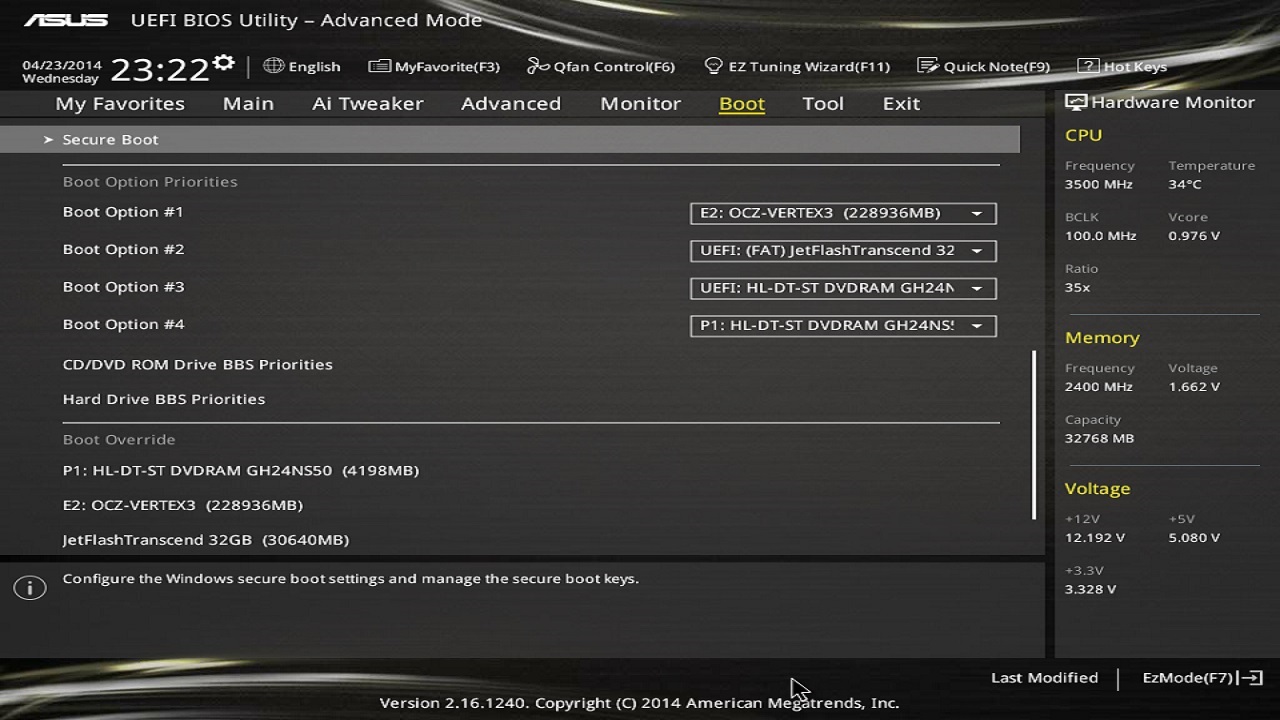

If you’re a Raspberry Pi beginner and you need any assistance on installing Raspberry Pi OS on your Raspberry Pi 4, check my article How to Install Raspberry Pi OS on Raspberry Pi 4.Īlso, if you need any assistance on the headless setup of Raspberry Pi 4, check my article How to Install and Configure Raspberry Pi OS on Raspberry Pi 4 Without External Monitor. If you need any assistance on flashing the Raspberry Pi OS image on the microSD card, check my article How to Install and Use Raspberry Pi Imager. My setup is also called the headless setup of Raspberry Pi 4. I won’t need any of these as I will be connecting my Raspberry Pi 4 remotely via VNC remote desktop protocol. NOTE: If you don’t want to access your Raspberry Pi 4 remotely via SSH or VNC, you need to connect a monitor, keyboard, and mouse to your Raspberry Pi as well.



You can easily boot your favorite operating system on your Raspberry Pi 4 from a USB HDD, SSD, or a USB thumb drive instead of the traditional microSD card. There are many benefits of USB boot: Raspberry Pi 4 firmware supports USB boot.


 0 kommentar(er)
0 kommentar(er)
